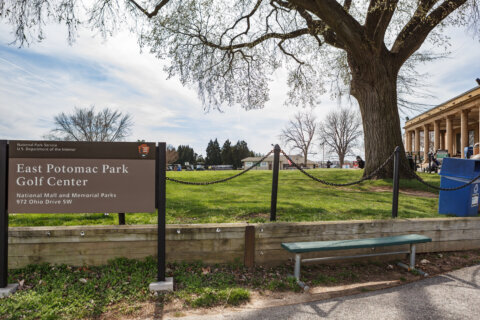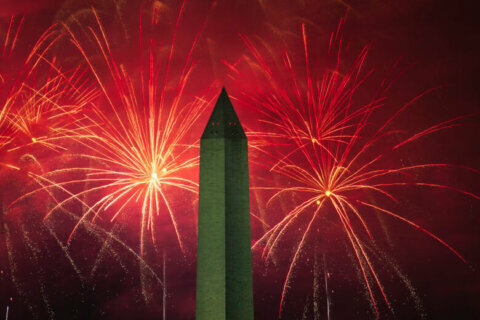A number of D.C. roadways have shut down or partially closed to traffic during the coronavirus pandemic — and a new study has examined the impact.
Between April and September, activity on restricted roadways in the District rose from 32% to 52% of pre-pandemic levels, according to traffic data firm Inrix.

Its study found statistics on D.C.’s unrestricted streets were about the same: 32% to 50%.
D.C. had “the lowest utilization of any city, activity citywide was on-par with restricted lane
use,” the report said.
The study compared “activity levels on restricted streets to activity across the respective city.”
New York, Minneapolis, Seattle and Oakland were the other cities the study focused on.
The report showed Minneapolis saw the largest jump in activity on their restricted streets, “with activity levels in July one-third higher than pre-COVID.”
Restricted streets, which aim to promote social distancing and activities that don’t require automobiles such as outdoor dining and exercise, started appearing in D.C. and parts of Maryland and Northern Virginia over the summer.
But the Inrix report said there may be an unintended consequence as the elimination and restriction of parking and thru-traffic may keep people from outer neighborhoods from “frequenting restaurant districts and other street-based activities.”
- Sign up for WTOP alerts
- Latest coronavirus test results in DC, Maryland and Virginia
- 39 states on DC’s latest high-risk coronavirus list
- COVID-19 could kill 2,900 Americans a day in December
- Americans fault US govt over foreign powers for virus crisis
Looking for more information? D.C., Maryland and Virginia are each releasing more data every day. Visit their official sites here: Virginia | Maryland | D.C.








